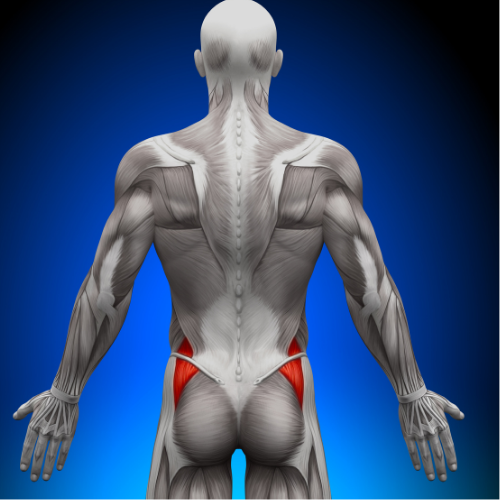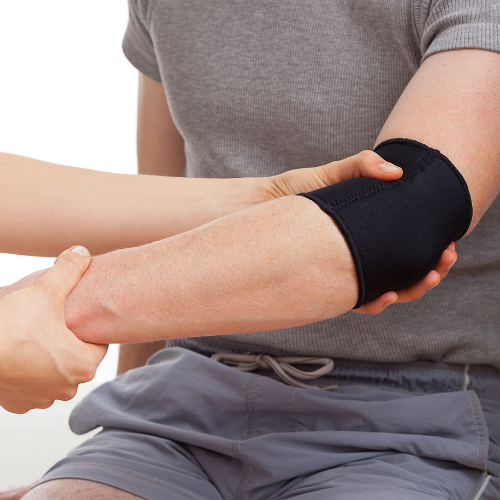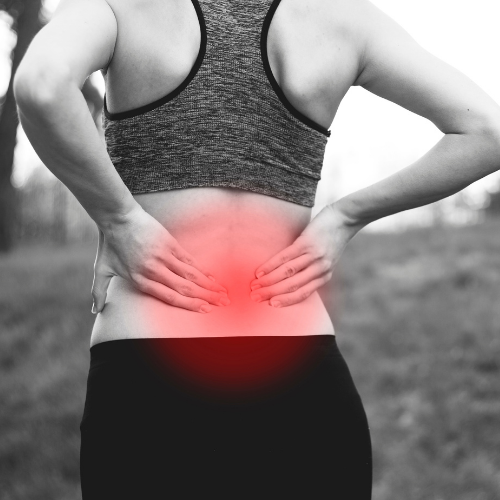Tennis & Your Posture, Finding Longevity and Performance

Tennis is a fantastic sport enjoyed by all ages, and one that can be enjoyed into later life. I used to work with a Tennis coach, and he had a client who was 86, on the occasion I am thinking of she reported that after playing her friend weekly for 29 years, she finally beat her. She was not sure if she was better than the other person, or if she was aging better!
This is a question you may never have to ask yourself if you are managing your posture, and doing some simple things to promote longevity in your body and your ability to perform. Many of these concepts are based on creating balance, which can be created in your body more strongly and evenly than you probably realize. There are also some more typical issues to keep an eye for! I will address those things here!
I want to share with you, a quick look at how your Posture relates to Tennis and you longevity. I will follow up with some information on 3 common areas of issues with Tennis players. Some of the same information AND 6 posture techniques can be found in the youtube video above.
Promoting Longevity in your Performance
This is 80/20 principle of this article, everything is based on increasing and maintaining longevity. Avoiding issues is part of that! Anyways, there are some key aspects of your posture to check out when assessing your balance. You will learn some about Posture Assessment in this article, find out more from me directly (email box @ bottom) or check out my Posture Self Check Guide by subscribing to my newsletter. (the horrible pop up).

The main aspects of your posture are:
Your Pelvis – the center of your posture, if your pelvis is misaligned (tilted, rotated, shifted, translated) then none of the movement your making can be ideal or balanced. Balancing your pelvis and working from an optimal position is at the center of Posture Management. Step one with everyone, you need to manage your pelvis to be a physically successfully person over a long period of time. It’s much easier than you think, 3 minutes time investment daily, the Youtube video at the top of the page will take care of you.

Your spine – obviously, but many people don’t realise the mechanics of the spine. It’s tri-curve of the spine is under immense tension, and change in one area affects others immediately and intensely. With a hunched back, rolled shoulders, forward neck etc. our middle curve (thoracic) is being pulled out of place, and that is increasing tension above and below in the neck (cervical), and the low back (lumbar). If that tension is too great, your pelvis will also be affected and the position of the spine and pelvis can become at odds with eachother. (this is usually when you back pain!)
If you can’t reach over your head or lift your chest, roll your shoulders – you are downregulated! You need to work towards reclaiming your native mobility ASAP. Lack of mobility gives the nervous system a lack of stimulation, and the way you move changes accordingly.

Function of important Muscles (Glutes, Diaphragm, Erectors, Hip Flexors) – These muscles are integral to your posture. Well.. arguably, every single one is. These are the culprit in many common issues. Bones can only move in ways that muscles manipulate them as a result of your neural impulses. Every aspect of that interaction is trainable, and also loseable! Without these muscles doing their intended jobs, compensations occur. When compensations are dominant, pain and inflammation is created. By practicing regular Posture Management, you can address or prevent all sorts of musculoskeletal injuries and pains related to Tennis and beyond!
Another big one is breathing, if your posture is poor, your breath will not be full and rejuvenating!
There are many other aspects of your posture, these 3 things to be aware of and work on will give you a big bang for your buck. Shoulders, neck, ribs, ankles, feet etc. are all players, and can tend to work just fine when the pelvis and spine are addressed over a period of time. Working properly helps your body perform with less energy, more finesse, and absorb impacts more gracefully.

Now I want to talk to you about some typical issues that Tennis Players can face. I will expound on some of this in further articles and videos!
Tennis Elbow/Neck/Shoulder
Not just limited to Tennis players, or even accounting for a majority these days! However, Tennis elbow and the larger system associated with it are a source of disease and time off for tennis players. Your nerves that control your arm exit your neck near the start of your shoulder (c5/c6). Those nerves branch out and traverse the whole arm to the finger tips.
Your body responds to the way it’s used, so by way of playing tennis, sitting, browsing, phone use etc etc. your neck and shoulders can get stuck in poor posture, rolled forward, twisted, uneven etc. When this happens (and it has many iterations), your nerve is more tightly sliding around corners under greater tension, it may get caught up in an area of muscular tension at a number of common places (Neck, Shoulder, Elbow, Wrist). No matter where it is gunked up, it’s not gliding as well around the bone points, a big one being your elbow! This nerve tension allows for friction, and the creation of inflammation.
Fast forward a few weeks or months and you could have a debilitating pain in any part of your arm, elbow, shoulder, neck etc. There are easy ways to prevent and treat this problem! The Attivitas provided in this article will help, look for an upcoming article specifically about Tennis Elbow.

Low Back Soreness/Tightness
Tennis is a sport that requires loads of core strength and rotation. I believe this is one reason that people can remain healthy and able to play for so long, because of the intense stimulation of the core and the rotation power that is required and trained by practice of Tennis. A well braced core prevents pressure on the spine, and preserves the discs, joints, nerves etc. Issues that are created with the lower back are often a result of inflammation created by compensation.
When the glutes/hamstrings/lower back are working improperly as a team, or are too intertwined in the nervous system, parts become over worked. The over work and compensation leads to a tightening of the system as it prepares to continue to do work that way, and if you let your compensations run wild you can quite literally get STUCK in a bad position. Fixing these compensations is easy, and relatively quick, even in severe cases involving high pain or disability.
Even extreme low back injuries can be healed when compensation is addressed. The biggest back injury I’ve ever seen get better with no surgery was a double herniation, 13mm, and 6mm next to each other in the lumbar. IT WAS A TENNIS COACH! His hip was dysfunctional, and his low back took the brunt. At just 28 he was debilitated, couldn’t way, and had to quit his job and move in with his parents. There was no acute major accident, over time it wound up to the point of breaking. His case was extremely severe, but he cancelled his back surgery and made a full recovery over the course of a few months. He’s been back at Tennis coaching for the last 2 years! If he understood how to balance his hips and address compensation, it probably never would have happened in the first place!
The message here is: Protect your back by bracing and training your core, squeeze your butt on a regular basis! Check out the youtube video at the top of the page!

Plantar Fasciitis
When feet become stiff and inflexible the fascia (thick connective tissue lining muscles and other structures) stiffens and prevents movement. This often happens when wearing very stiff shoes (like tennis shoes), when the foot is not provided with a balancing stimulus to the tissue it will remain tight and eventually become so inflexible that it tears when the foot flexes and bends etc. This is the pain associated with plantar fasciitis. Once it occurs, it can take a little while to get better. I find myself losing strength in my barefoot lunge position if I am not properly managing my feet, many people cannot walk barefoot at all due to PF.
PF is easy to prevent, and not complicated to improve, as long as there is no other complicating factors like a heel spur or gout etc. Here are a couple quicks tips for PF, look forward to an article that will get into details!
- Roll your feet on tennis balls, lacrosse balls, frozen water bottles(if already suffering).
- Walk barefoot sometimes
- Expose your feet to different textures to upregulate sensory nerves.
- Wear flat wide shoes- Ex. Xero (I’m an affiliate)
- Wind your ankles and wiggle your toes regularly

That was a pretty intro Posture and Tennis, I will expound on a couple of the issues over the next 2 weeks! Thanks so much for reading, if you have a question, comment, or would like to see me cover a particular topic – Please reach out!! You can find my links to content in the top of every page.
A good intro into Posture Management in general is my 6 week course or just follow my youtube, and join the newsletter! Posture is an incredible way to maximize your performance, and I would like to become a resource for wellness & health in a number of arenas.

